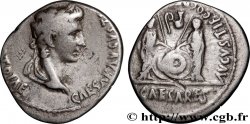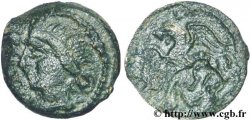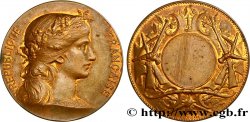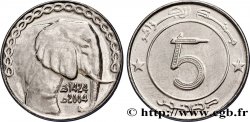brm_332577 - AUGUSTUS, CAIUS and LUCIUS Denier
недоступный.
Товар уже продан в нашем интернет-магазине (2025)
Цена: : 480.00 €
Товар уже продан в нашем интернет-магазине (2025)
Цена: : 480.00 €
Тип Denier
Дата: 2 AC. - AD. 12
Монетный двор / Город: Lyon
Металл: silver
Проба: 900 ‰
Диаметр: 18 mm
Ориентация осей монеты: 6 h.
Вес: 3,37 g.
Редкость: R1
Комментарии о состоянии
Exemplaire sur un petit flan ovale, court sur les légendes. Belle tête d’Auguste. Joli revers de style fin. Très belle patine foncé de collection ancienne avec des reflets dorés
Ссылки в каталоге: :
Лицевая сторона
Аверс: легенда: CAESAR AVGVSTVS - DIVI F PATER [PATRIAE].
Аверс: описание: Tête laurée d'Auguste à droite (O*).
Аверс: перевод: “Cæsar Augustus Divi Filius Pater Patriæ”, (César Auguste fils du divin Jules, père de la patrie).
Обратная сторона
Реверс: легенда: C. L. CAESARES À L'EXERGUE/ AVGVSTI F COS DESIG PR[INC IVVENT].
Реверс: Описание: Caius et Lucius Césars debout de face, vêtus de la toge, tenant chacun un bouclier rond et une haste ; entre eux, lituus à gauche, le simpulum à droite.
Реверс: перевод: "Caius et Lucius Cæsares/ Augusti filii consules designati Principes Iuventutis" (Caius et Lucius Césars, fils d'Auguste, consuls désignés, princes de la jeunesse).
Комментарий
C’est l’un des deniers les plus courants de l’atelier de Lyon. Mais cette variété, avec les instruments pontificaux intervertis, est beaucoup plus rare. C’est aussi l’une des pièces qui se rencontre le plus souvent en Gaule. C’est encore l’un des deniers qui ont été le plus imités aussi bien dans les limites de l’Empire qu’en dehors du limes. Le denier représentant les deux petits-fils d’Auguste eut un succès considérable en Gaule. Nous devons modifier notre vision de la circulation monétaire entre la fin de la guerre des Gaules et la mort de Néron en 68 après J.-C. Monnaies gauloises en argent, en bronze et en potin circulèrent conjointement avec les monnaies romaines qui se répandirent largement en dehors de la Narbonnaise. Il faut évoquer le néologisme de circulation “romano-gauloise” plutôt que gallo-romaine.
It is one of the most common deniers from the Lyon workshop. But this variety, with the pontifical instruments inverted, is much rarer. It is also one of the pieces most often found in Gaul. It is still one of the denarii which has been the most imitated both within the limits of the Empire and outside the Limes. The denarius representing the two grandsons of Augustus had considerable success in Gaul. We must modify our vision of monetary circulation between the end of the Gallic War and the death of Nero in 68 AD. Gallic silver, bronze and potin coins circulated together with Roman coins which spread widely outside Narbonnaise. It is necessary to evoke the neologism of “Roman-Gallic” circulation rather than Gallo-Roman
It is one of the most common deniers from the Lyon workshop. But this variety, with the pontifical instruments inverted, is much rarer. It is also one of the pieces most often found in Gaul. It is still one of the denarii which has been the most imitated both within the limits of the Empire and outside the Limes. The denarius representing the two grandsons of Augustus had considerable success in Gaul. We must modify our vision of monetary circulation between the end of the Gallic War and the death of Nero in 68 AD. Gallic silver, bronze and potin coins circulated together with Roman coins which spread widely outside Narbonnaise. It is necessary to evoke the neologism of “Roman-Gallic” circulation rather than Gallo-Roman







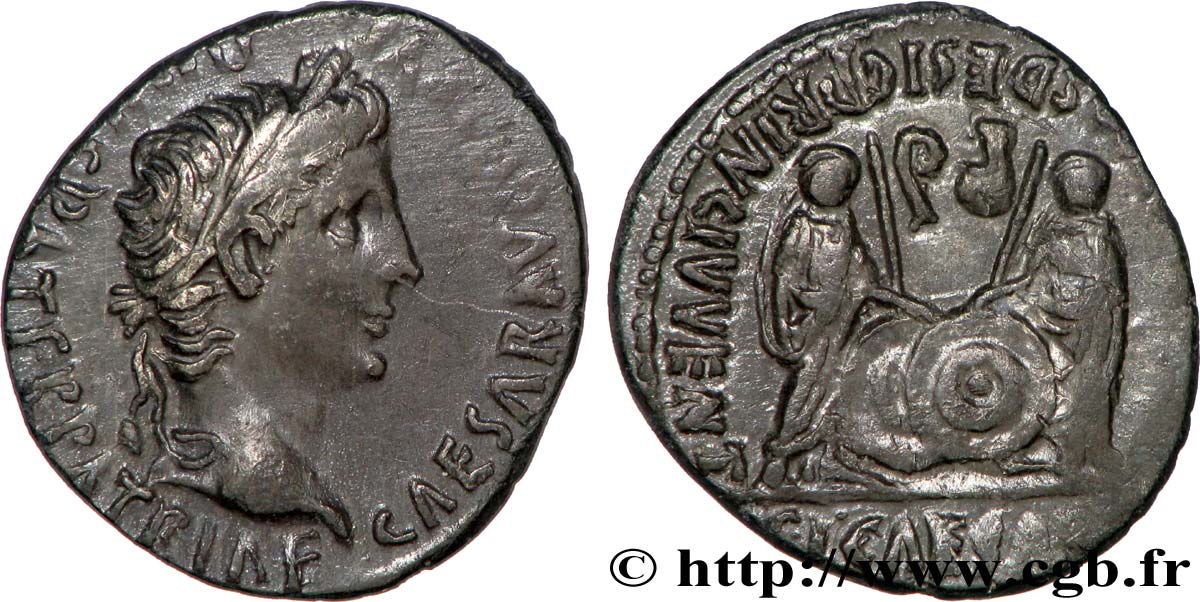
 Cообщить об ошибке
Cообщить об ошибке Распечатать страницу
Распечатать страницу Отправить мой выбор
Отправить мой выбор Задать вопрос
Задать вопрос Consign / sell
Consign / sell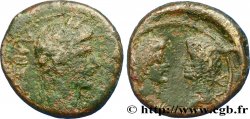
 Информация
Информация


